
Politics & Society
What do Gen X and Gen Y worry about most? Climate change.
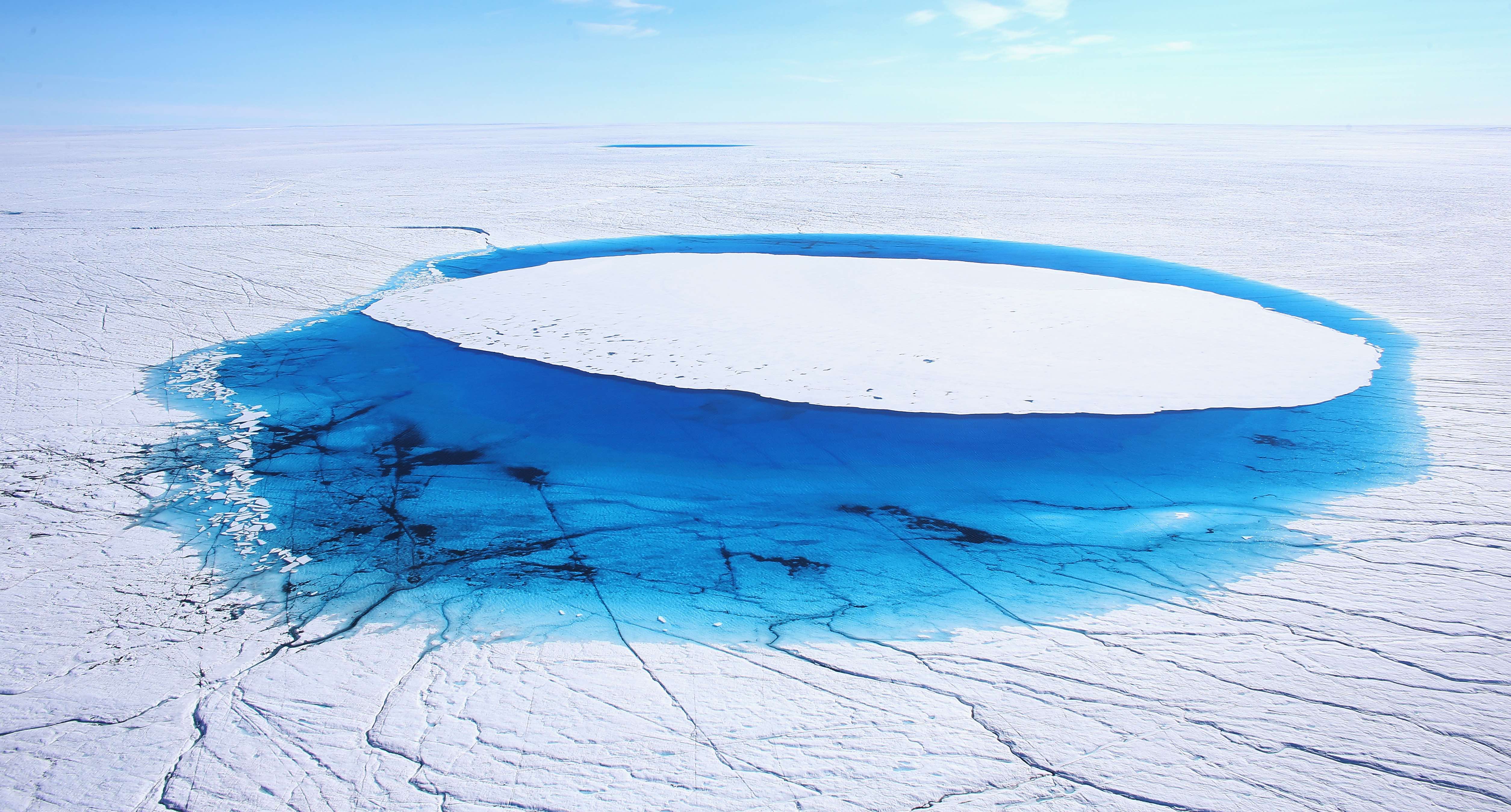
For several millennia during the Last Interglacial period, temperatures were higher than pre-industrial levels and that had an impact on our climate system. But with recent dire forecasts of global warming, what can the past tell us about the future of our climate?
Published 13 October 2018
Earlier this week, 91 of the best scientific minds from around the globe warned what the world could look like if we fail to keep global warming below 1.5℃ this century.
The report by the UN Intergovernmental Panel on Climate Change (IPCC) says heat, droughts and flooding will become more common and extreme. It also warned of the impact on the Arctic, which is warming twice as fast as the average rise of the rest of the planet.
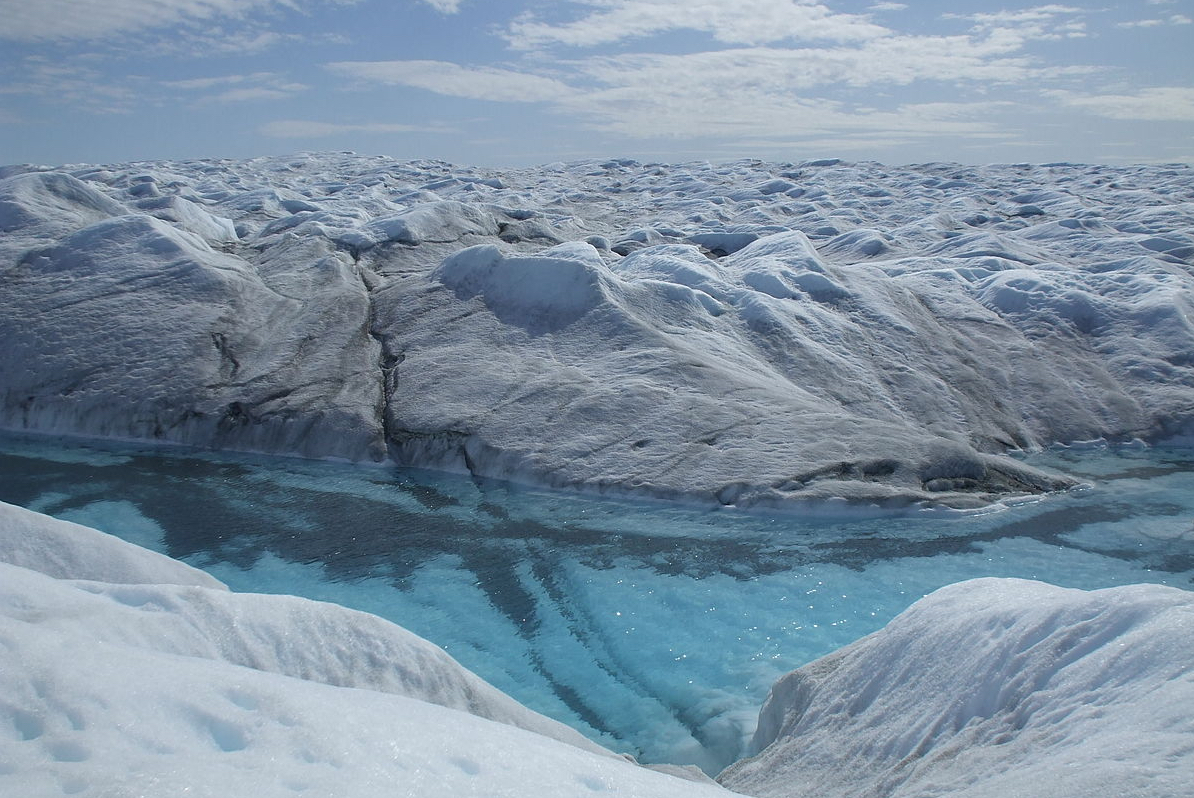
And this means the faster melting of the Greenland ice sheet. This ice sheet is important. It’s the second largest body of ice in the world, covering almost two million square kilometres or roughly 80 per cent of the surface of Greenland.
In recent years, the ice sheet has seen record levels of melting - with the ‘melt zone’, where snow and ice turns into slush and meltwater, expanding at an accelerating rate.
In fact, recent climate modelling and observational data suggests that the magnitude of surface ‘freshening’ in the sub-polar region of the North Atlantic could be enough to significantly disrupt ocean circulation. This would have trickle-down effects on the climate that could lead to widespread changes in rainfall as far away as the southern hemisphere tropics.

Politics & Society
What do Gen X and Gen Y worry about most? Climate change.
In other words, to us here in Australia.
But history can also help give us a ‘bigger picture’ look at what might happen in the future for the ice sheet.
We can look back at warmer periods from the past, like the Last Interglacial, which occurred between about 129,000 and 116,000 years ago, in order to understand the relationship between global warming, ice-sheet melting and how our climate system responds.
Parts of the Last Interglacial were actually warmer than the current Holocene Interglacial (the last 11,700 years), particularly in the Arctic region.
As a result, sea levels then were higher than they are now – the latest estimates suggest somewhere between 6 and 9 metres above today’s level. And between 0.6 and 3.5 metres of this sea level was contributed from melting of the Greenland ice sheet, which was smaller than it is today because of strong Arctic warming at the time.
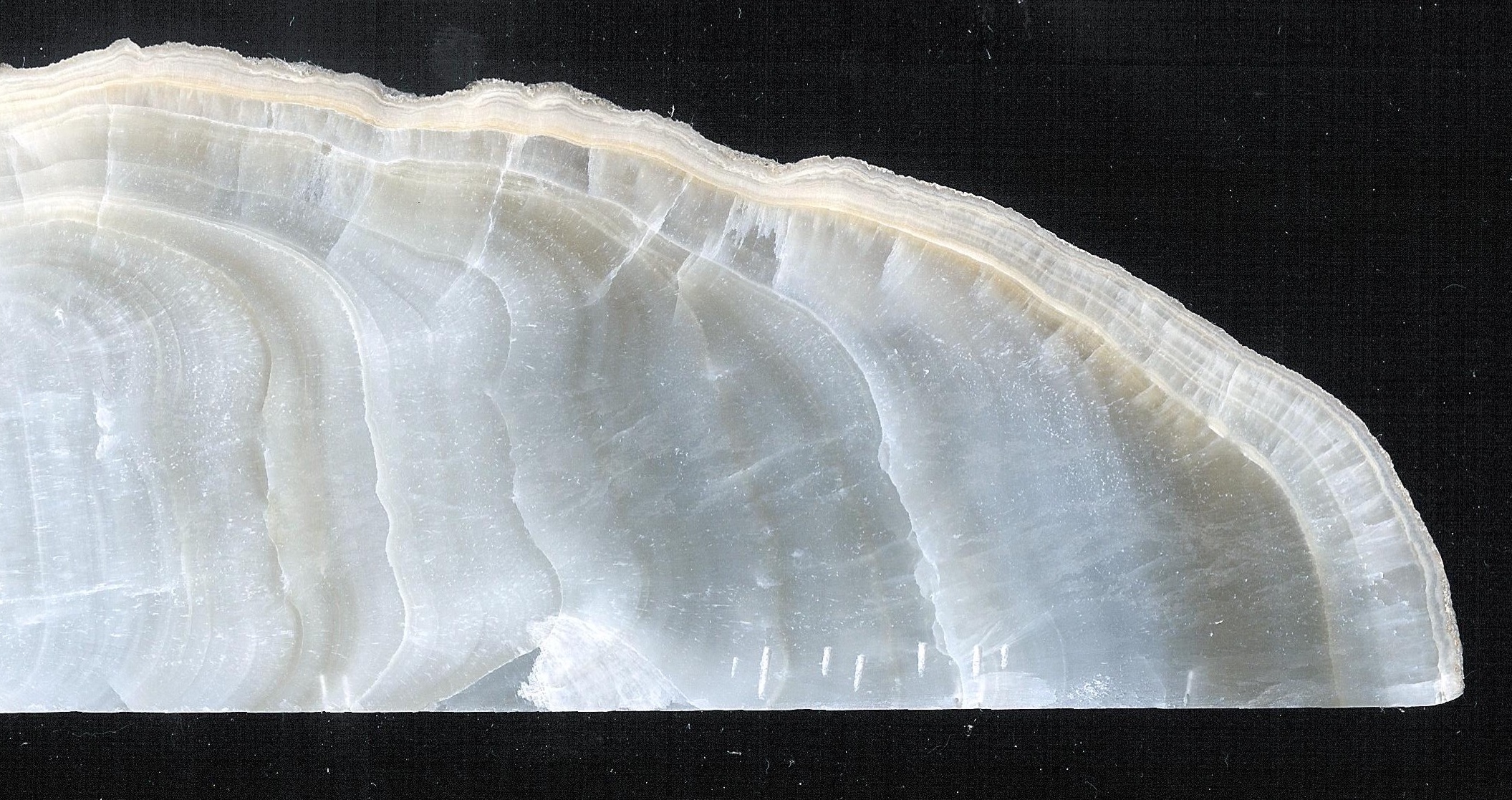
It’s worth noting, though, that these warmer Last Interglacial temperatures were naturally occurring – a result of changes in Earth’s orbit at the time. But in these post-Industrial days, it’s human-induced warming that’s heating up our planet.
So, what effect did this meltwater from Greenland have on ocean circulation and regional climate?

Our international team of scientists, led by Professor Chronis Tzedakis from the University College London, set out to answer this question. The team studied ocean sediments from a drill core taken just off the coast of Lisbon in Portugal, as well as stalagmites collected from an Italian cave system.
This information was then compared with other ocean cores and climate-model simulations to explore the links between the ice-sheet melting, change to the North Atlantic Ocean circulation and climate change across southern Europe.
The ocean sediments we collected not only contained essential information about past sea-surface-temperature and ocean-current changes in the North Atlantic during the Last Interglacial, but also preserved plant microfossils (pollen) from rivers draining the Portuguese hinterland.
Because these two sets of information come from exactly the same sedimentary archive, this enabled us to match regional vegetation changes with the shifts in ocean-circulation patterns in the North Atlantic.
At this time, stalagmites were slowly growing almost 2000 kilometres away in Antro del Corchia, a 60 kilometre-long cave system in northern Italy. The drip waters that build-up these formations originate from rain falling above the cave – and this rain mainly comes from air masses crossing the North Atlantic.
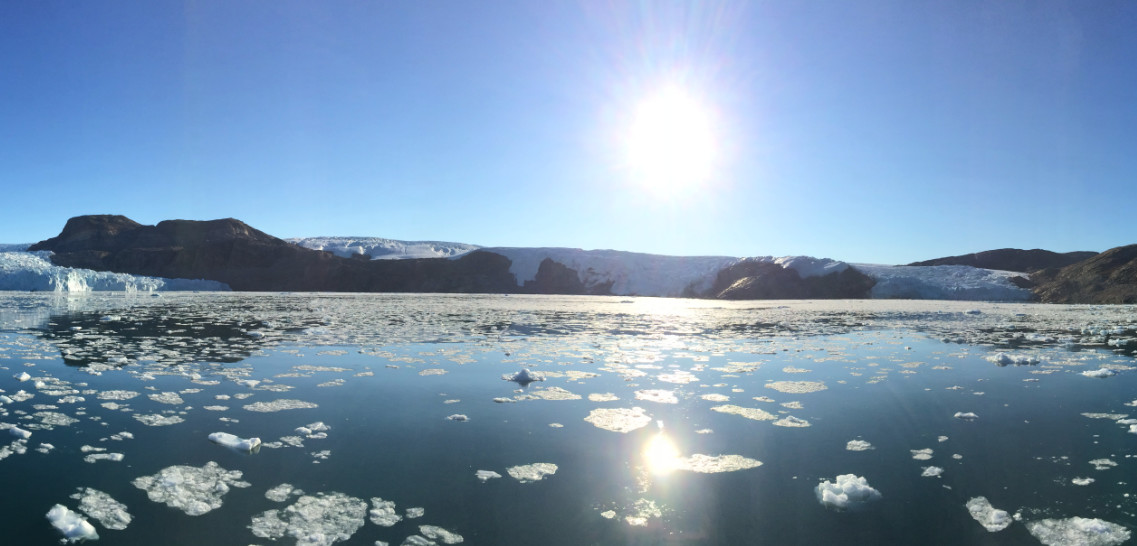
So any changes in climate and ocean currents in the North Atlantic affect the amount of rainfall reaching Corchia cave and this information is registered in the stalagmites’ geochemistry.
By comparing the information contained in the marine sediments and stalagmites we found a consistent pattern of climate fluctuations throughout the Last Interglacial. The interval of warm, wet climate that occurred at the very start of the interglacial, spanning about 2500 years, came to an abrupt end around 126,500 years ago when the abundance of drought-sensitive trees plummeted.

Environment
The great (climate) depression
The same trend was revealed in the stalagmite geochemistry. In fact there was such an obvious reduction in rainfall that one stalagmite actually stopped growing. Several other smaller changes are seen in both the ocean-sediment and stalagmite records as the Last Interglacial progressed.
So what caused these rainfall changes?
A comparison of our data with previously published ocean-sediment studies shows that most of the aridity events, or the drying out of the climate, across southern Europe can be can correlated to cooling phases in the sub-polar North Atlantic.
These phases are inferred from changes in the abundance and geochemistry of marine microfossils at these more northerly ocean sites.
While cooling may sound counter-intuitive, its effects aren’t. Ocean currents in the North Atlantic bring warm water from the tropics north to higher latitudes, keeping western Europe relatively warm. This current is actually a part of a larger circulation that links to the global ocean system called the Atlantic Meridional Overturning Circulation, or the AMOC.
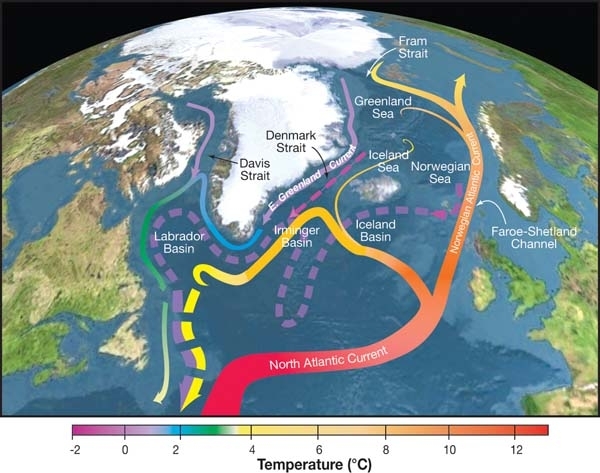
But any disturbance of the AMOC can have an impact. One way that can happen is meltwater from an ice sheet - a tongue of cold, fresh water that is less dense than the salty water coming up from the tropics.
Because of the intertwined relationship between ocean temperature and our atmosphere, this ocean cooling causes a southward shift in the Arctic front, changing moisture transport and air mass trajectories across Europe. In Southern Europe this can mean less rain - less evaporation from cooler ocean surfaces, so less moisture in the atmosphere to bring rain.
The major cooling 126,500 years ago has been attributed largely to the final melting of the remnants of a large ice sheet that covered northern USA and Canada during the preceding glacial period.

Sciences & Technology
Avoiding Day Zero in Australia
The meltwater from this ice sheet travelled through Hudson Bay and out into the North Atlantic via the Labrador Sea, and may also have involved melting ice from Greenland. The meltwaters caused regional cooling and interrupted ocean circulation.
Data from the sub-polar ocean cores also suggest that the subsequent aridity events in southern Europe could also have been triggered by melting ice from Greenland.
To test this scenario, our colleagues Dr Laurie Menviel and Dr Andrea Taschetto from the University of New South Wales, worked on modelling experiments.
These experiments simulated meltwater flowing into the sub-Arctic region using the same volume of water Greenland’s ice released that affected sea levels during the Last Interglacial and at rates comparable to today’s sea level increases (a few millimetres each year).
The results indicate that the volume of meltwater would have weakened ocean circulation in the North Atlantic by 35 per cent for the largest event and 20 per cent for the smaller ones - in both cases leading to rainfall decreases across the Mediterranean that lasted a few centuries.
We can see this reflected in the vegetation and rainfall changes suggested by the ocean-core and stalagmite data.
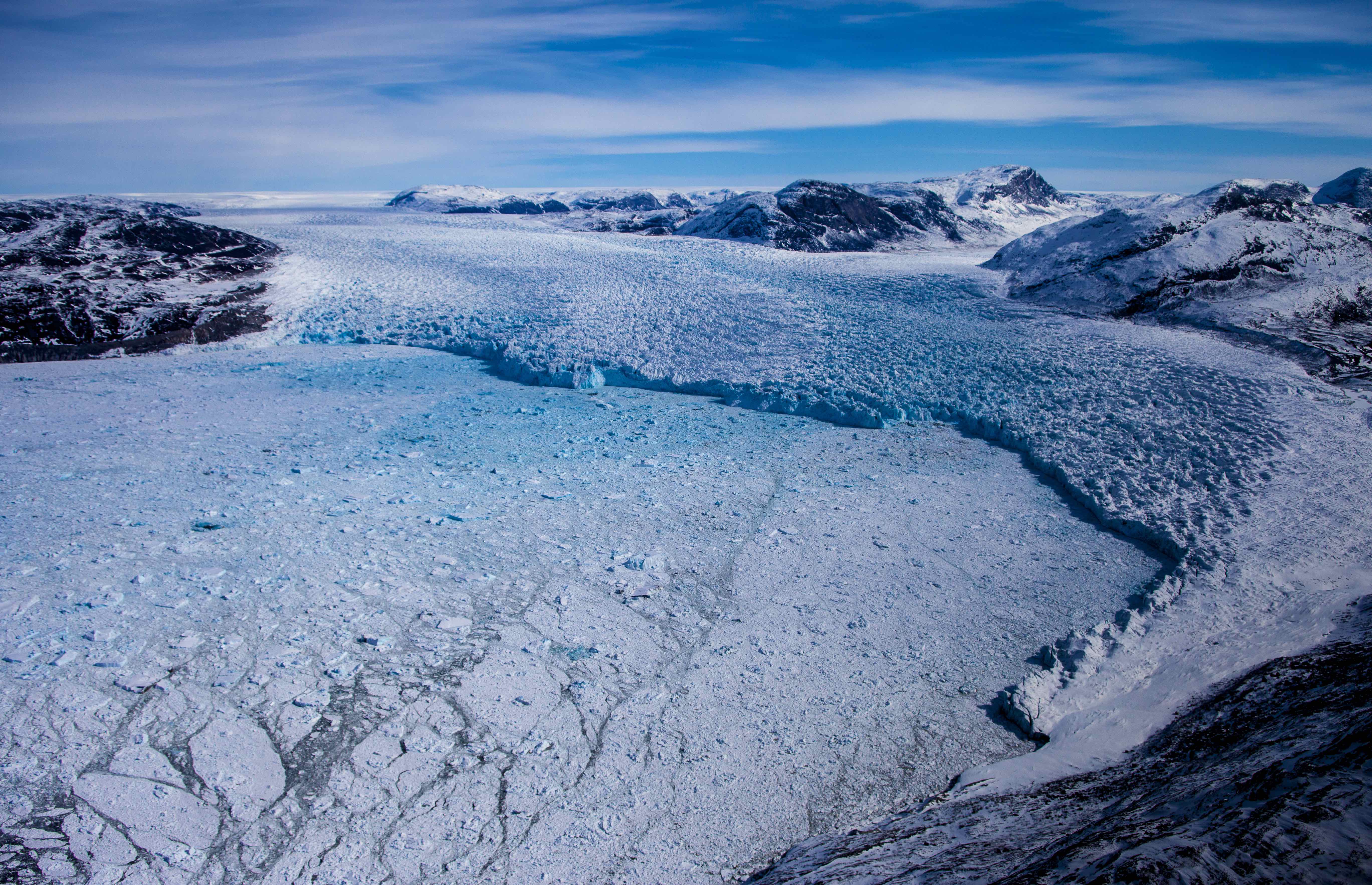
The results of this work suggest that periods of ‘excess warmth’, like the Last Interglacial, can lead to significant melting of ice in Greenland and century-scale disruptions in the North Atlantic Ocean circulation that have an effect on rainfall much further afield.
Whether or not this occurred during older interglacials, and precisely how these events influenced the climate of regions beyond southern Europe, are the subject of ongoing studies.
But with mean global temperatures creeping higher, and climate projections showing significant Arctic warming by the year 2100 – comparable to Arctic temperature estimates of the Last Interglacial – the possibility of accelerated Greenland melting looms.
A dry southern Europe is already vulnerable when it comes to water security under climate projections, and although the changes we studied occurred over centuries, were they to play out in the future, it would be a major ongoing issue for us all.
Banner: Getty Images